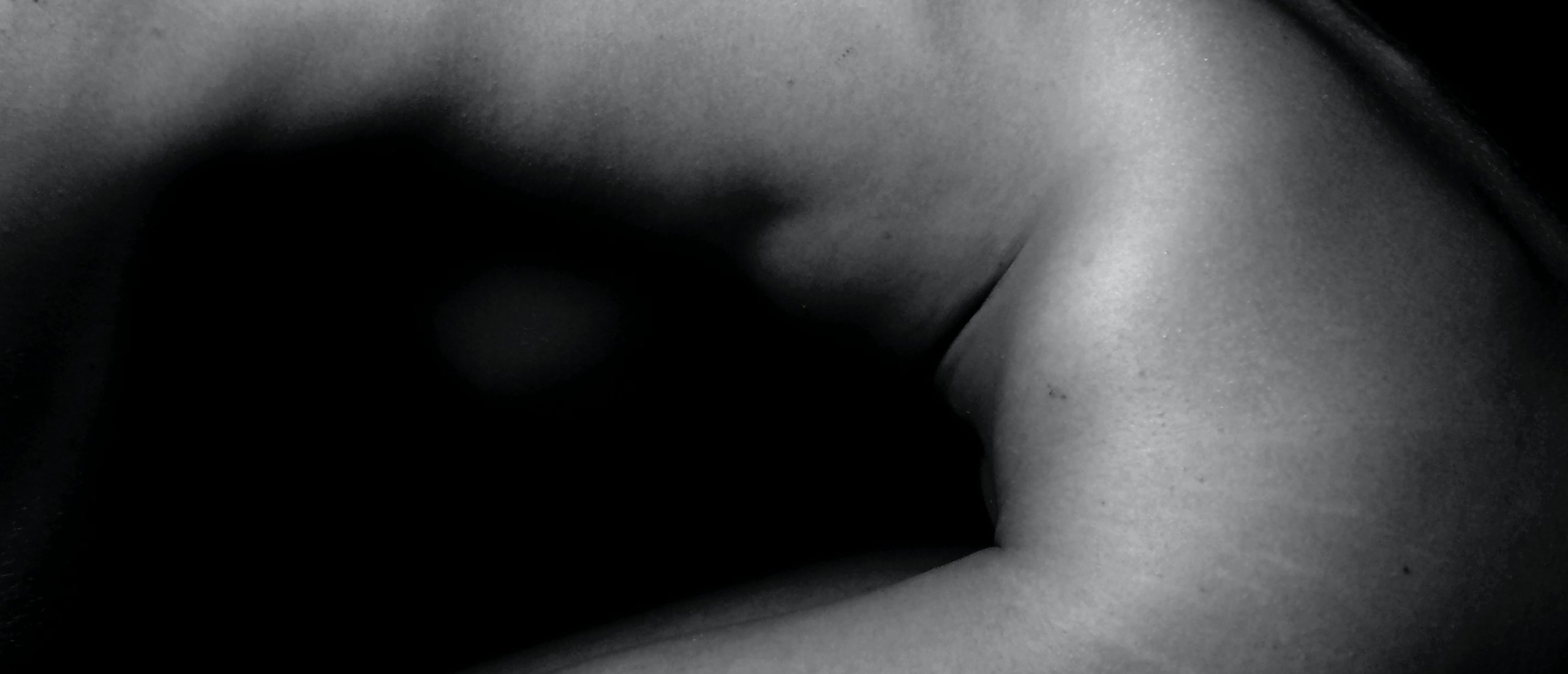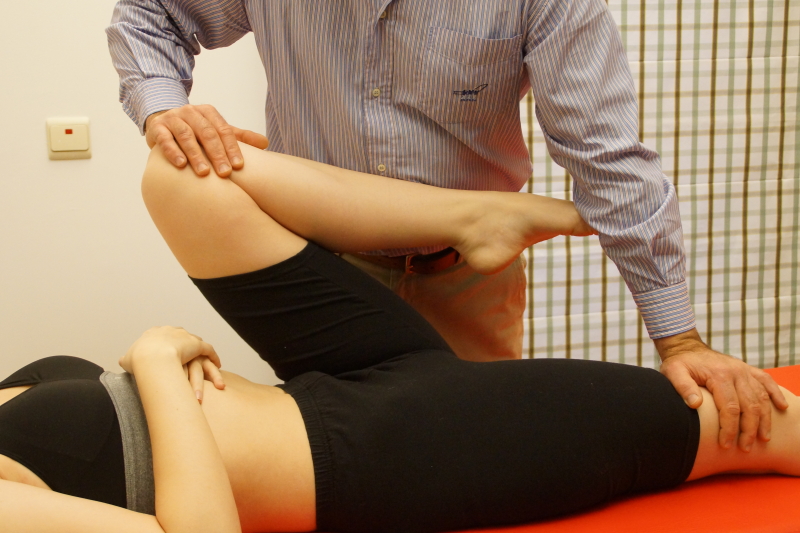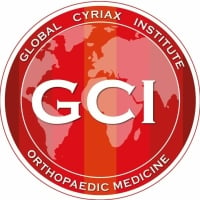
"Sign of the buttock"? What is that?
What is the Sign of the buttock?
A patient is suffering from gluteal pain and we might suspect this is referred pain from the lumbar spine. But...
in fact something else is going on. At first sight the situation might look "normal", but in order to discover a sign of the buttock it is very important to interpret your lumbar spine examination in a correct way.
There's one very important detail:
It is important to perform the passive hip flexion immediately after the straight leg raise during the lumbar functional examination, otherwise we cannot detect the Sign of the buttock, which could be an important red flag.
>>> Keep in mind that one red flag only has limited validity, but a combination of red flags must make us aware of malignancy
Never heard about a sign of the buttock before ?
That's possible :)
Fortunately it is also a rare clinical sign, but nevertheless important. In musculoskeletal medicine we are often confronted with pathologies which are frequently seen. But, sometimes, we find "inherent unlikelyhoods" that point in the direction of other (possibly non orthopaedic) pathologies. It's so important not to misinterpret clinical findings to react accordingly.
This you will also learn during the unique Mastermind private training in orthopaedic medicine Cyriax.
Let's go back to the sign of the buttock...
The sign of the buttock is part of a combination of findings which indicates serious gluteal pathology. It is considered being a red flag.
The patient suffers from gluteal pain, which may or may not spread down the leg.
We perform the standard functional examination of the lumbar spine :
- in standing, we notice flexion is painful and limited
- straight leg raise is also painful and limited --> We might suspect a lumbar disorder.
- However…, passive hip flexion is even more limited than straight leg raise, i.e. a clear sign of the buttock ; the hip rotations also hurt in a non-capsular way.
Because of the positive hip signs, the complete hip examination should be included. Some resisted hip tests may also prove positive.
 Passive hip flexion, to be performed immediately after the straight leg raise
Passive hip flexion, to be performed immediately after the straight leg raise
Interpretation of a sign of the buttock
- Straight leg raise incriminates a structure behind the hip.
- The positive passive hip flexion eliminates the nerve roots and the hamstrings as a possible cause of the pain (because, during knee flexion those structures are in a relaxed position).
- The only structures left we think of are the bony and soft tissue structures of the buttock.
A complementary examination is called for.
What could be the underlying pathology ?
- infection : osteomyelitis of the upper femur, septic sacroiliac arthritis,ischiorectal abscess, septic gluteal bursitis
- neoplasm at the ilium or at the upper femur
- fractured sacrum.
This clearly illustrates the importance of performing the passive hip tests immediately after having tested the straight leg raise in the lumbar examination. Hip tests are not just hip tests, but enable us to discover serious local pathology in the buttock.
